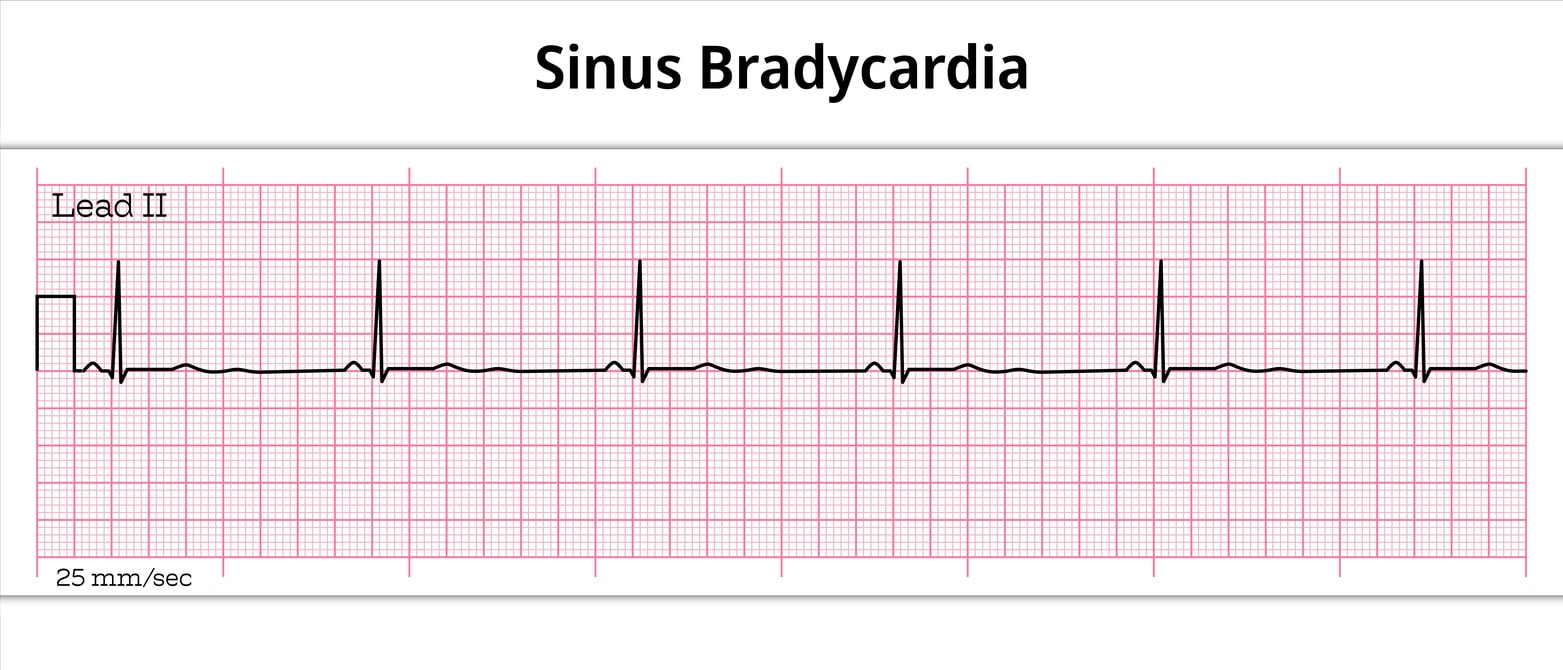

When someone survives a cardiac arrest, the work isn’t done. Post cardiac arrest care can make the difference between recovery and permanent disability. The ACLS Post Cardiac Arrest Care Algorithm provides healthcare professionals with a systematic approach to optimize patient outcomes after return of spontaneous circulation (ROSC).
Understanding this algorithm isn’t just about following steps—it’s about saving lives and preserving brain function. Whether you’re a seasoned emergency physician or preparing for ACLS certification, mastering post cardiac arrest care is essential for delivering quality patient care.
The Post Cardiac Arrest Care Algorithm focuses on four key areas: airway and breathing management, circulatory support, neurological care, and targeted temperature management. Each component works together to give patients the best chance at meaningful recovery.
The ACLS Post Cardiac Arrest Care Algorithm begins the moment you achieve ROSC. This systematic approach addresses the complex physiological changes that occur after cardiac arrest, including post-cardiac arrest syndrome.
Post-cardiac arrest syndrome includes four main components:
The algorithm provides evidence-based interventions to address each of these components systematically.
Proper airway management remains critical after ROSC. The algorithm emphasizes controlled ventilation to prevent both hypoxia and hyperventilation.
Excessive oxygen can cause oxygen toxicity, while insufficient oxygen worsens brain injury. The goal is physiological optimization, not maximum values.
Hemodynamic instability commonly occurs after cardiac arrest. The algorithm prioritizes maintaining adequate perfusion pressure.
Don’t just treat numbers—treat the patient. Look for signs of adequate perfusion like urine output and mental status.
Brain protection is a primary goal of post cardiac arrest care. The algorithm includes both immediate assessment and ongoing neuroprotective strategies.
Early neurological assessment helps guide prognosis and treatment decisions, but avoid premature prognostication.
Temperature control is one of the most important interventions in post cardiac arrest care. The algorithm recommends specific temperature targets based on current evidence.
TTM reduces metabolic demand and may improve neurological outcomes, especially in comatose patients.
The algorithm emphasizes finding and treating the root cause of cardiac arrest to prevent recurrence.
Emergency cardiac catheterization should be considered for patients with evidence of acute myocardial infarction.
Neurological prognostication helps guide family discussions and treatment decisions, but timing is crucial.
Wait at least 72 hours after rewarming before making prognostic determinations in comatose patients who received TTM.
Implementing the Post Cardiac Arrest Care Algorithm requires coordination among multiple healthcare teams. Common challenges include resource limitations, knowledge gaps, and communication breakdowns.
Remember that post cardiac arrest care is time-sensitive. Quick implementation of the algorithm improves patient outcomes.
Understanding the ACLS Post Cardiac Arrest Care Algorithm requires more than reading guidelines—it demands hands-on practice and expert instruction. At Safety Training Seminars, we provide comprehensive ACLS training that prepares healthcare professionals to handle post cardiac arrest scenarios with confidence.
Our American Heart Association certified ACLS courses combine online learning with practical skills testing, ensuring you master both the theoretical knowledge and hands-on techniques needed for post cardiac arrest care. With over 70 locations throughout California and same-day card issuance, we make it convenient for busy healthcare professionals to maintain their certifications.
We’ve been training healthcare providers since 1989, and our experienced instructors understand the complexities of post cardiac arrest management. Our courses cover not just the algorithm steps, but also the critical thinking skills needed to adapt protocols to individual patient situations.
Ready to strengthen your ACLS skills? Book your appointment with Safety Training Seminars today and join the thousands of healthcare professionals who trust us for their emergency training needs. Visit our website or call to schedule your ACLS certification class.